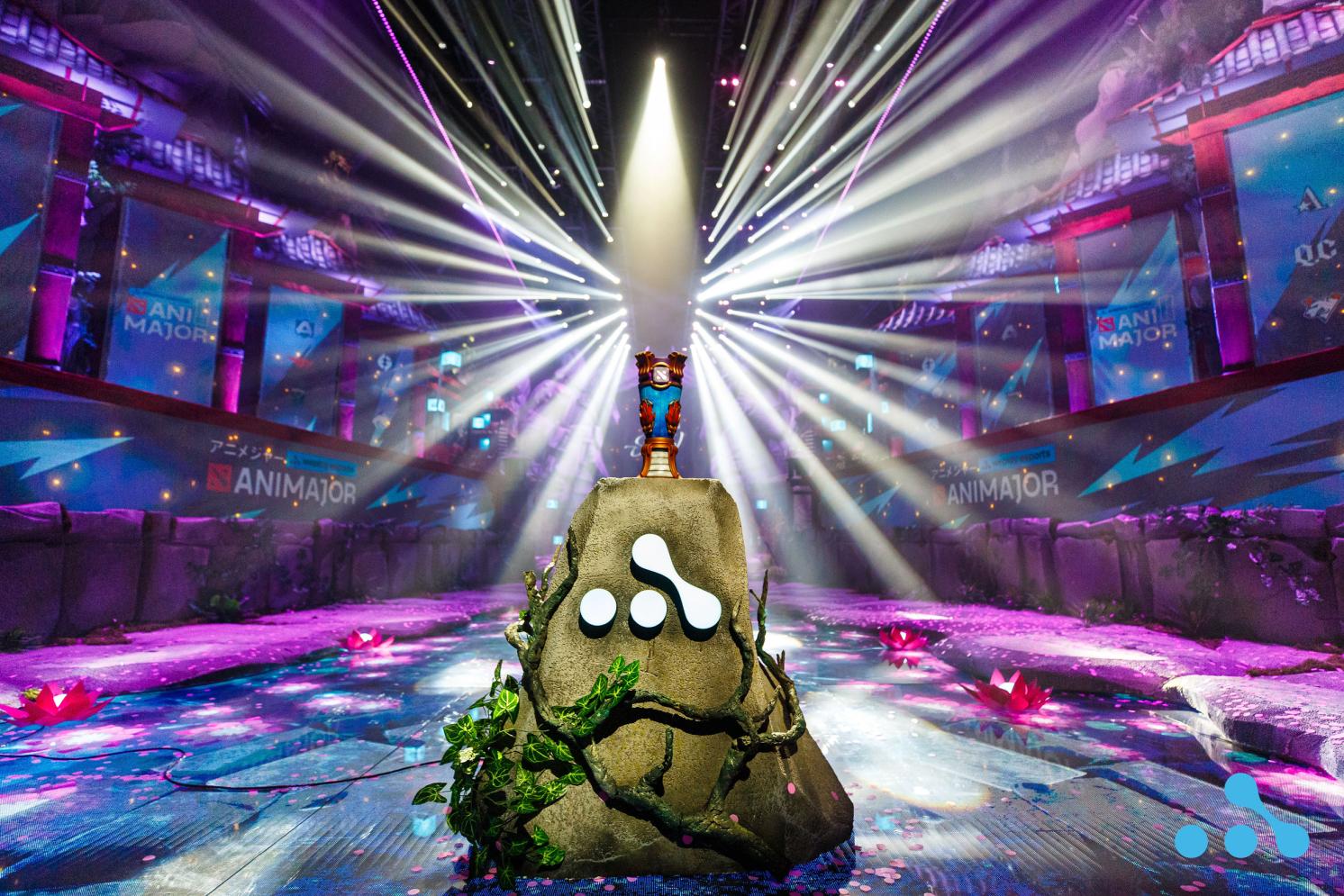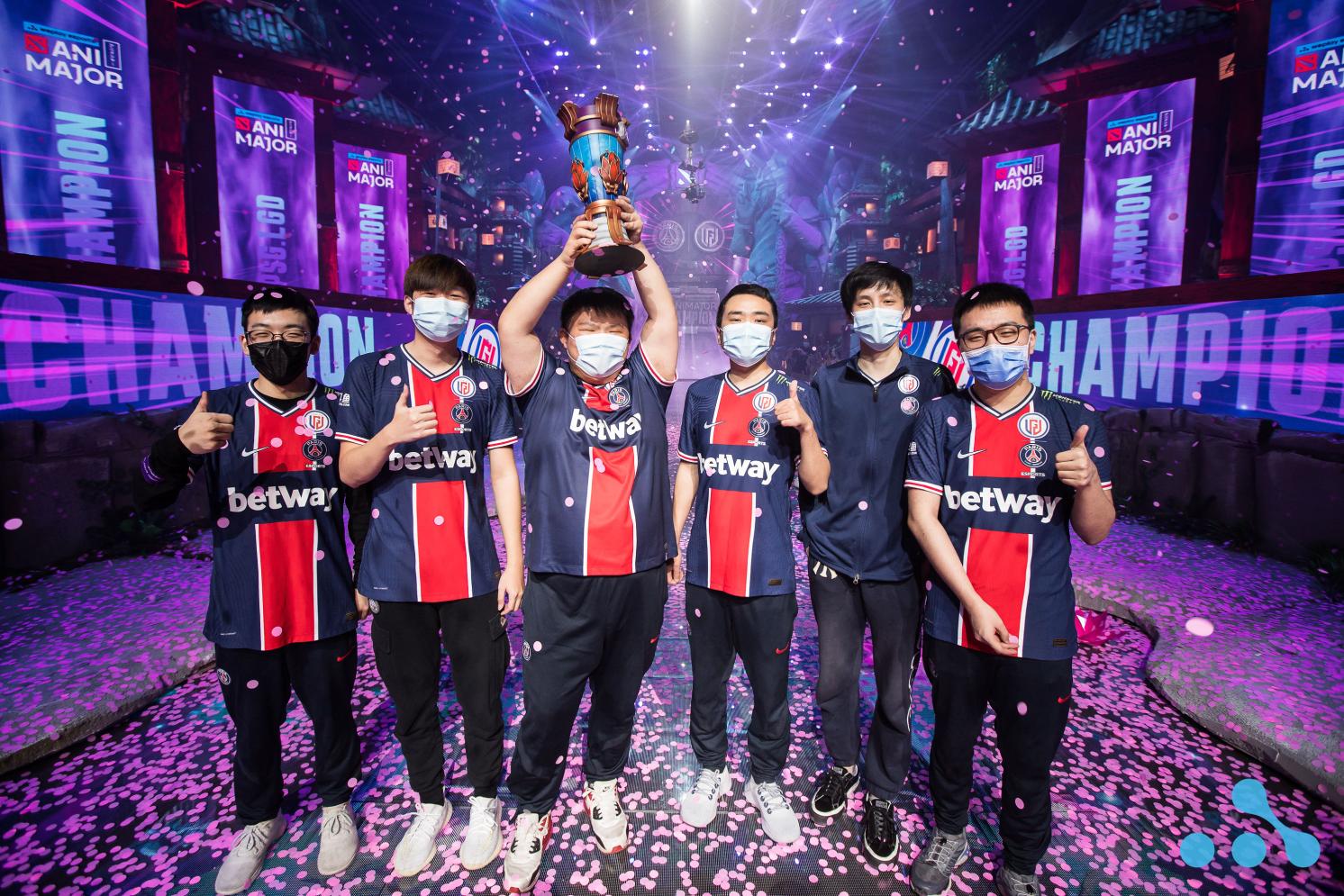Dota 2’s WePlay AniMajor wasn’t your regular large scale LAN event. It was an anime-inspired showcase, held during the height of a global pandemic, on the site of the legendary Kyiv Major 2017.
Moreover, it recorded the most hours watched for a Dota 2 Major, and the second-largest peak viewership for any Dota 2 Major with 645,000 concurrent viewers.
To reach such an impressive feat, WePlay Esports adopted somewhat of a unique esports marketing strategy centred around the desire to create one of a kind events, not just a standard viewership experience.

RELATED: WePlay Compete launches esports charity initiative Play for Ukraine
“When you have an opportunity to combine two passionate and engaged communities — those of Dota 2 and anime — into a common event, you can really create something legendary,” said Iryna Chuhai, Head of Tournament Marketing at WePlay Esports.
In total, the WePlay AniMajor aired for 136 hours and during this time 37m hours were watched, a record among non ‘The International’ events as reported by EsportsCharts.
It’s important to note that an event of this magnitude did not just occur at the last minute, in fact, WePlay wanted an opportunity of this magnitude for a long time. When the chance arose, the tournament organiser’s team collated a variety of ideas to ensure that the Dota 2 event stood out.
Iryna Chuhai explained: “We managed to bring a Dota 2 Major back to Kyiv just four years later after the first Kyiv Major. But the times have changed: the DPC system was different, there were no more star-studded NAVI or Virtus.pro rosters, and the COVID pandemic was still strong.
“We knew the extent of our responsibility. But we were aiming to break the record of the previous Kyiv Major concurrent online viewers despite all the factors and make AniMajor the most viewed Major in Dota 2 DPC history.”
WePlay Esports is known for its conceptual tournaments. There was a desire for the event not just to be a competition, but a show. This was a key marketing strategy for WePlay — establish a theme and tailor activations that suit both Dota 2 and casual audiences.

RELATED: GRID Esports and WePlay Esports extend data partnership
Chuhai commented: “We work with the audience’s interests separate from the game and weave them into storylines throughout the broadcasts. That helps us to expand the audience of esports viewers in the long term.
“I truly believe that this is the way to make esports more interesting for the masses and the casual viewers who are not familiar with this kind of sport right now.”
Choosing anime for the event was seemingly the perfect combination, particularly given Dota 2’s recent history with the entertainment medium. Last year, the MOBA title released its own anime series on Netflix called Dota: Dragon’s Blood. As such, even prior to the tournament’s inception, the relationship between these two worlds was already apparent.
Iryna said: “Dota 2 has seen some decline in interest since 2017. Changes in the game, changes in the teams, no improvements, rare additions of new heroes — these factors caused some negative effects in the community’s reaction and attitude towards the game. And we wanted them to love the game again.
“The thing is that both Dota 2 and anime communities love and hate their objects of attraction simultaneously: players blame Dota but continue playing; viewers are resentful that their good new anime series rarely appear, but continue watching. If someone could help us achieve our goals, it was only them, the viewers.”

RELATED: WePlay Esports enters Rocket League
Partnering with Esports Charts, WePlay Esports tasked the platform to monitor all viewers on AniMajor streams (except China). WePlay decided that every time the company broke a record for a Dota 2 Major, a prize would be given away via Twitch bots. While this technique seems simple, it’s also effective as the initiative encouraged and incentivised fans to join the streams.
Whilst the event failed to break the peak viewership record from the 2017 Kyiv Major, it was still a huge success and highlighted the importance of marketing major events. Whilst most title’s can simply go by the ‘name value’ of its events, providing a theme can open up opportunities that entice more casual esports watchers.
WePlay Esports is now looking ahead to bolster its work within the CS:GO community, particularly with its Academy League. However, that’s a story for another time…
Supported by WePlay